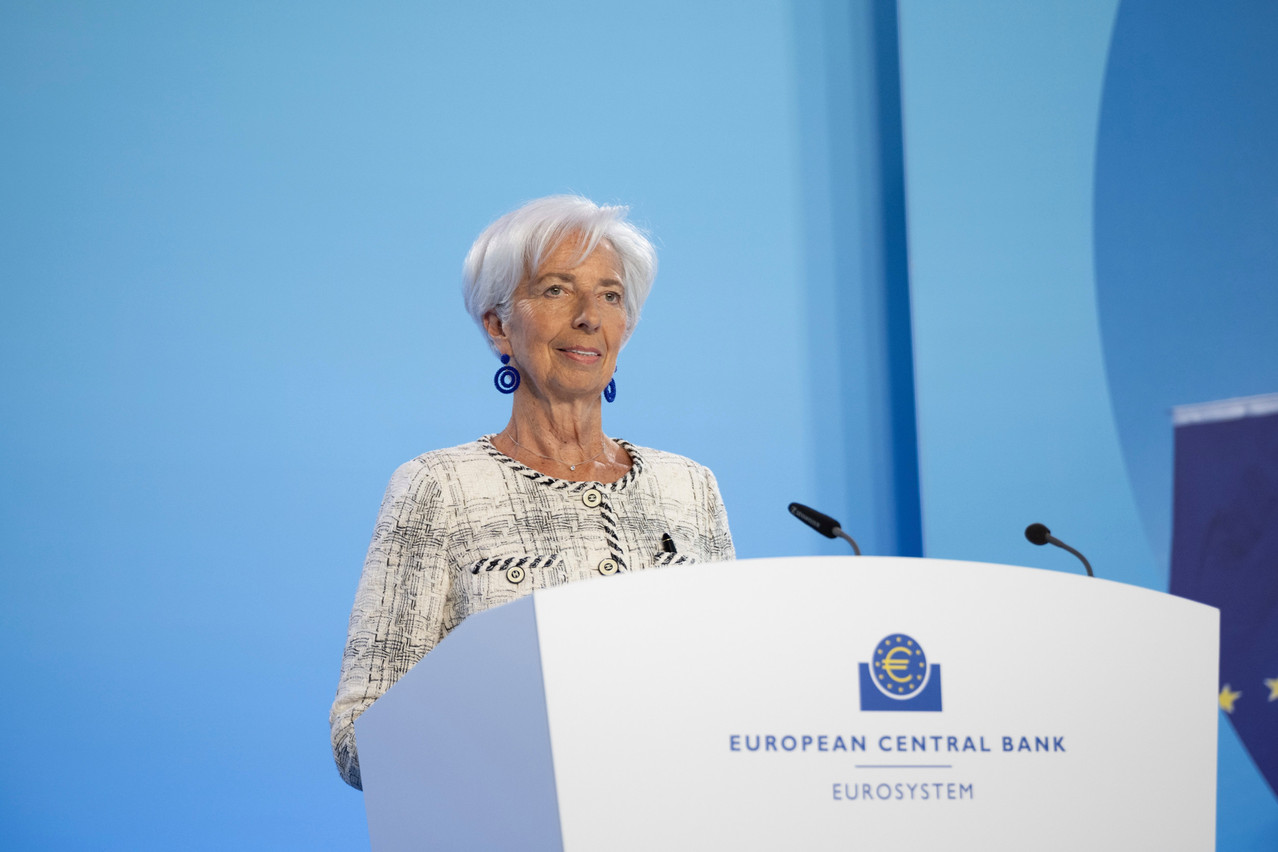The governing council, which serves as the primary decision-making body of the European Central Bank, approved a 25 basis points hike on Thursday 15 June.
While this decision aligns with the of market participants, it also represents the eighth consecutive increase in the past 11 months, surpassing the deposit rates observed during the 2008-2009 financial crisis.
Nonetheless, the main culprit, , “is projected to remain too high for too long,” and consequently, the macroeconomic projections have been revised upwards.
However, the council found solace in the fact that borrowing costs have steeply increased and loan growth is slowing down, allowing the monetary policies implemented thus far to be “transmitted forcefully to financing conditions and are gradually having an impact across the economy.”
The new interest rate on the main refinancing operations will be 4.00%, while the interest rates on the marginal lending facility and the deposit facility will be 4.25% and 3.50% respectively, coming into effect from Wednesday 21 June.
A day prior, on Wednesday 14 June, the US Federal Reserve its interest rate increases for the first time after 10 consecutive hikes over the past 15 months.
The Fed justified this decision by stating the need to “assess additional information and its implications for monetary policy” while at the same time, Fed chair Jay Powell that the “inflation pressures continue to run high and the process of getting inflation back down to 2 percent has a long way to go.”
Importantly, Powell also pointed out in his speech that median projections for the federal funds rate anticipate a potential 0.5 percentage point increase to reach 5.6% by the year’s end, implying the committee may consider implementing one or two additional quarter-point hikes in coming months.
These a median inflation rate of 3.2% and a median core inflation rate of 3.9% for 2023.
In contrast, the ECB’s macroeconomic projections of June, revised up , anticipate an average inflation rate of 5.4% for 2023. Furthermore, projections for core inflation, which excludes volatile energy and food segment, is expected at 5.1%.
This implies that the ECB needs to cover more ground than the Fed in terms of achieving its medium-term 2% inflation target.
If inflation projections are not revised down sharply, the possibility of one or two 25bps rate hikes remains on the horizon for 2023.
The next ECB monetary policy meeting, to determine future interest rates, is scheduled for Thursday 27 July.
